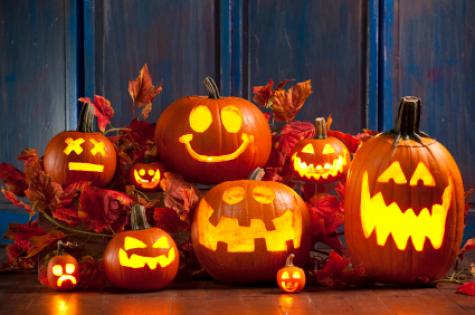Thousands of children in Australia are expected to celebrate the spooky holiday tonight in what, on the face of it, is one of the oddest cultural adoptions.
Hallowe’en is a shortening of All Hallow’s Eve, the day before the Christian feast day of 1st November which is All Hallows or All Saints Day that was adopted from a pre-Christian Celtic festival of the dead known as ‘Samhain’ (pronounced ‘Sah-ween’).
Samhain was a significant festival for the Celts coinciding with the beginning of winter and the harvesting of crops. The Celts believed it was the day when those who had died during the year travelled to the ‘other world’; bonfires were lit in their honour. They believed that the ghosts of the dead were able to visit the living and people gathered to sacrifice their fruit, vegetables and animals to help them along their way.
Pope Gregory showed how savvy at building a following he was when he came to power in 601 and instructed his missionaries to adopt and adapt traditional practices of convertees to Christianity rather than obliterate them.
Almost all of the traditions associated with Hallowe’en can be traced to the ancient Celtic festival – the wearing of costumes, asking for treats, offering food or drink and the use of Jack O Lanterns to represent the soul of departed loved ones.
With almost 750,000 Irish immigrants to the US in the 19th century, they brought with them the traditions of Hallowe’en and the use of Jack O Lanterns which were originally carved from turnip, potato or beet. However, as these were not readily available in the US at the time, and pumpkins were readily available and adapted well to carving, the pumpkin has become the universal symbol of Hallowe’en.
Hallowe’en is celebrated in 65% of households in the US and Canada as well as England and other parts of Europe.
In Australia, the number of people celebrating Hallowe’en has grown over the years despite the seasonal differences with the northern hemisphere.
While critics dismiss it as American tradition, that’s not the case and supporters argue that it is not different from embracing other cultural traditions such as St Patrick’s Day (Irish) or Valentine’s Day (Roman) - and many people say it’s just an opportunity to have fun either with a party, a ‘ghost hunt’ or tour or trick or treating. Be ready!

















__small.png)










